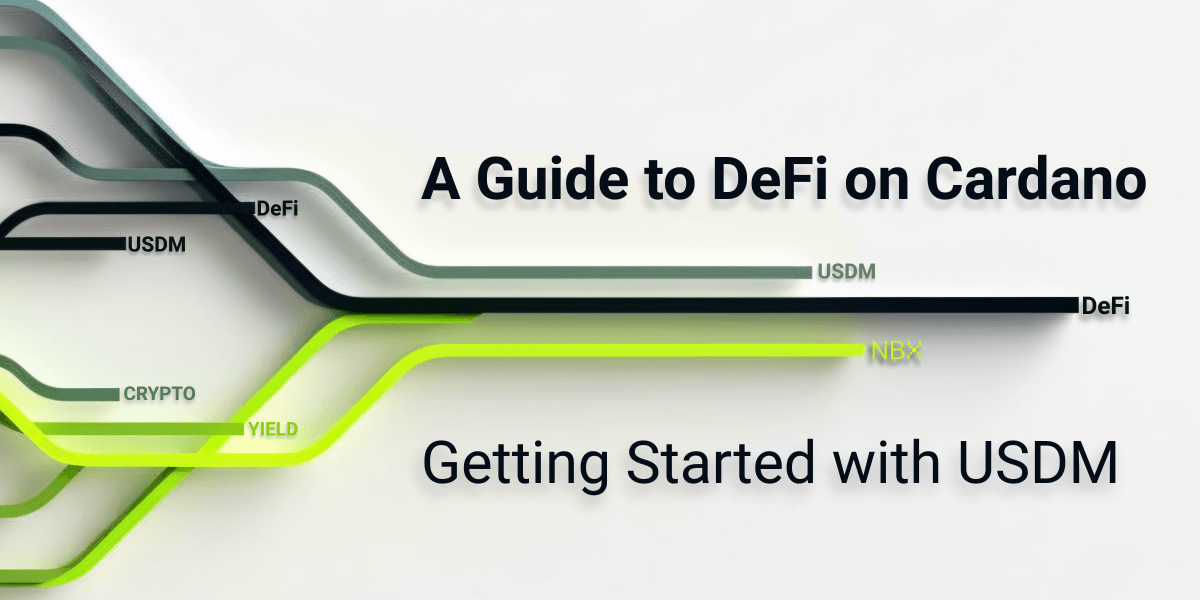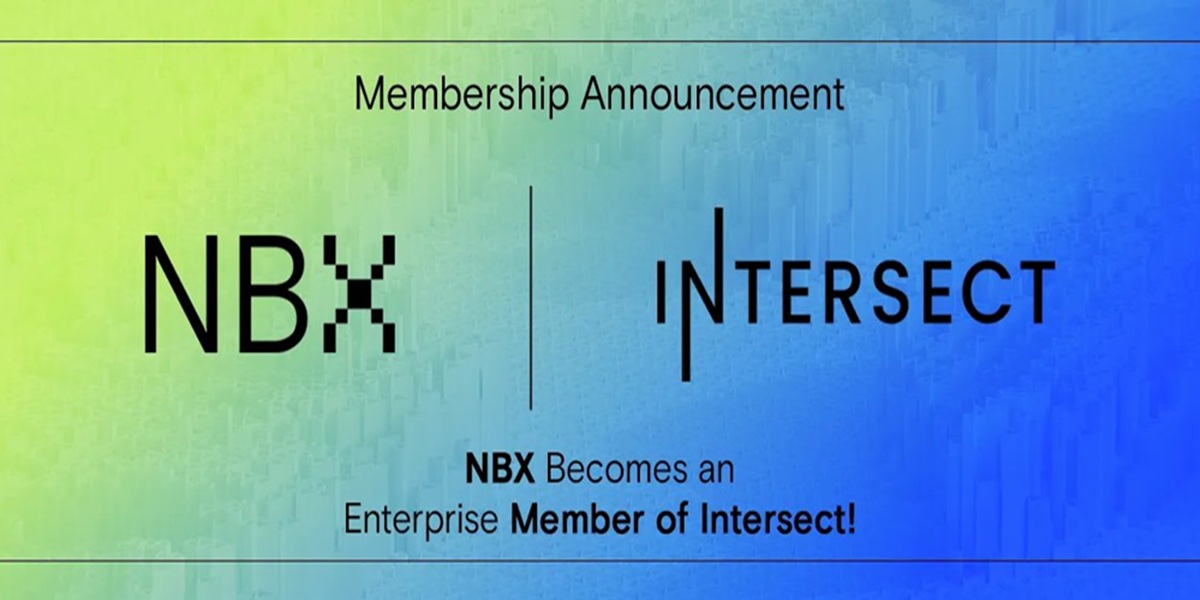Ethereum is a blockchain that stores, transfers, and issues its own cryptocurrency. It also depends on proof-of-stake consensus to stay secure and issue its cryptocurrency, Ether. Its founder, Vitalik Buterin, is a known public figure. Additionally, Ethereum network also functions as a platform for blockchain-based applications and services, which are generally termed DApps.
Before we get to what DApps are, it's important to get familiar with Ethereum's native cryptocurrency, Ether.
Overall, Ether works like fuel for all of the applications (DApps) that are built on the Ethereum blockchain. When more users flock to Ethereum-native applications, the required fees to transact on the Ethereum network go up.
Since it has demonstrated the potential to grow in price, Ethereum's applications have become more popular. One of the key drivers of this has been the DeFi movement, which refers to the effort to build all sorts of decentralized financial services like lending platforms on the Ethereum network. These lending platforms and, truthfully, all Ethereum-based services are made possible by a technology called a smart contract.
Generally, a smart contract is a piece of software that's hosted on a blockchain and performs certain actions based on certain conditions without human involvement. The most popular example of this is facilitating the exchange of one cryptocurrency for another, like Ether for an ERC-20 token. Read more about smart contracts here.
Generally, an ERC-20 token is a cryptocurrency that is created in a smart contract and issued through that smart contract. To launch an ERC-20 token, it's necessary to write up a contract in computer code that contains seven basic functionalities.
What these boil down to are:
In short, once these factors are accounted for, a smart contract can act as both a mint and a vault for an ERC-20 token. The USD Coin project, for example, issues its stablecoin to investors who deposit US Dollars once its smart contracts register that US Dollars have been received. At the same time, its smart contracts are always minting more USD Coin as its USD reserves grow.
All in all, the launch of ERC-20 tokens back in 2016 took the cryptocurrency revolution a step further by allowing just about anyone to create their own currency with a simple coded contract.
In addition to these use cases, smart contracts also act as the back-end code for all Ethereum-based applications. This means they provide the logic that allows an Ethereum app or "DApp" to do what it's built to do
All in all, there are two primary factors that make a DApp unique:
Therefore, DApps have been heralded as the future of all apps and online services, just as Bitcoin has been heralded as the future of money. Think of today's DApps as internet-based services in the 1990s, and you'll have an accurate view of where things stand.
Ethereum's most-cited weakness is that its blockchain isn't agile enough to sustain the growth of its applications (DApps). Historically, the Ethereum network has become almost unusable each time that one or more of its applications explodes in popularity. To address this, Ethereum developers have been working to transition the Ethereum network from proof-of-work consensus to proof-of-stake consensus.
This means that instead of miners, Ethereum will have "validators" or "stakers." Generally, this refers to Ethereum users who can earn the right to approve transactions based on how many Ether they own (32 Ether minimum) and leave (stake) in cryptocurrency wallets that are connected to the Ethereum blockchain. Like miners, these stakers receive a block reward for verifying transactions and transaction fees for routing transactions from one wallet to another.
Generally, the thought behind transitioning Ethereum to this new system of consensus is that it will be able to process far more transactions than it can now.
The article does not constitute financial advice.


